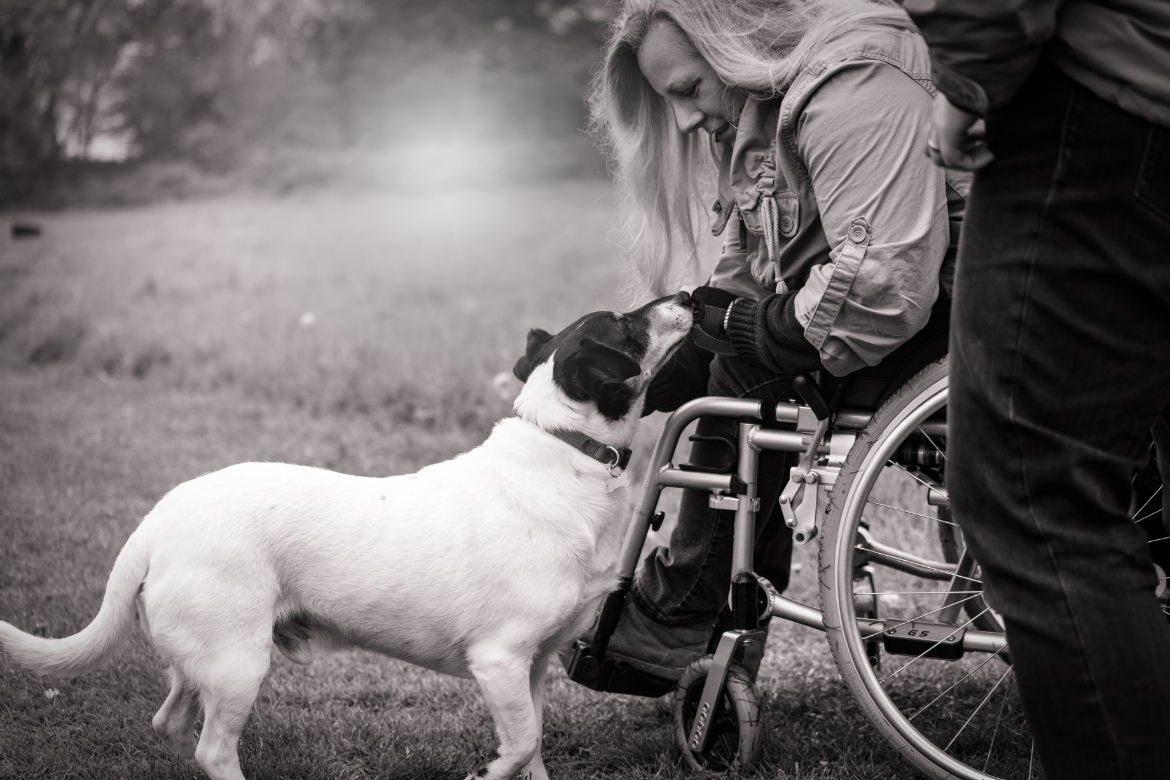Overcoming Accessibility Limitations at Cemeteries: Modern Options

Accessibility limitations are an unfortunate reality for many people. Thankfully, however, modern technology allows for adaptations to these limitations to help people navigate and access cemetery spaces easier than ever before. Let’s take a closer look at modern options for common accessibility limitations.
Common Accessibility Limitations
First, it’s important to understand the current three most common types of accessibility-related limitations regarding cemetery access. These limitations are: physical, distance, and regulatory.
Some people have physical limitations which make it difficult for them to access a cemetery space. It may be hard for people to climb a steep hill to a grave site, or they may have a wheelchair or similar device which cannot maneuver the natural terrain of the cemetery.
Distance related limitations are common for people who move out of the area or who live in an entirely different area than the cemetery where their loved one has been laid to rest. Someone who is far away may not have the time or the financial means to visit the cemetery space as often as they’d like--or even at all.
Regulatory related limitations are primarily due to restrictions placed on cemeteries regarding visitors. These regulations began to be implemented in 2020 during the start of the COVID-19 pandemic, and these regulations will continue to be a reality for the foreseeable future.
Modern Solutions to Accessibility Limitations
The following are the two most common modern solutions to accessibility limitations.
Accessibility Modifications
Accessibility modifications frequently involve physically modifying the cemetery itself. These modifications can include installing rails along a hillside or even a ramp with retails up hills or other steep terrain so that it can be accessed by a wider group of people.
Audio and Video Systems
The development of audio and video systems which can allow people to access cemetery sites without having to physically visit can benefit people who face any--or all--of the common limitations listed above. Audio and video systems such as AFTR can allow people to virtually visit and even interact with their loved ones resting place, all without having to worry about physical access, physical distance, or regulations related to health and safety.
Modern technology has made it possible to challenge many common types of accessibility limitations; thankfully, as this type of technology continues to develop, it will be able to help people around the world access cemeteries.
